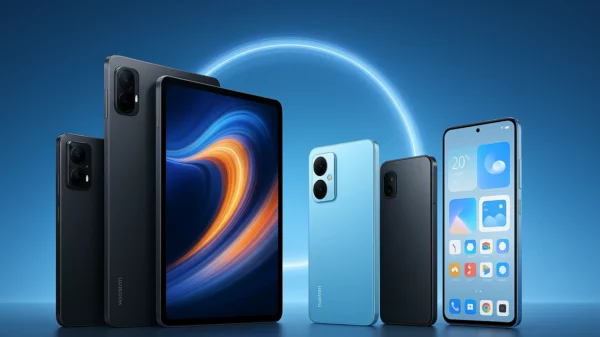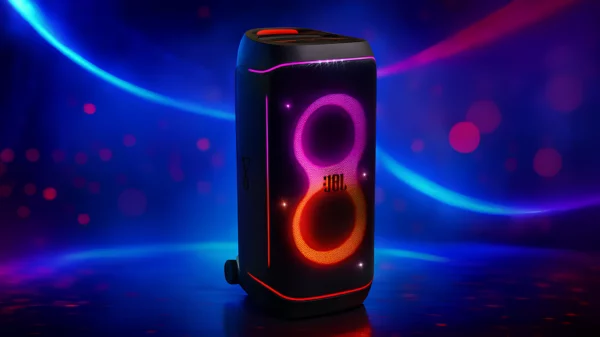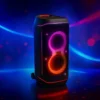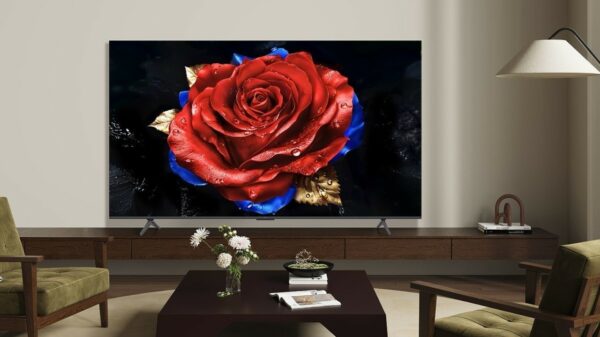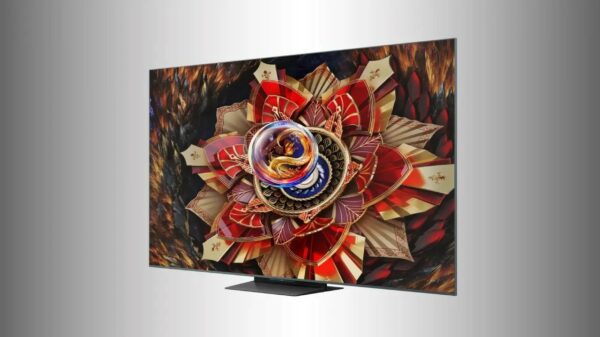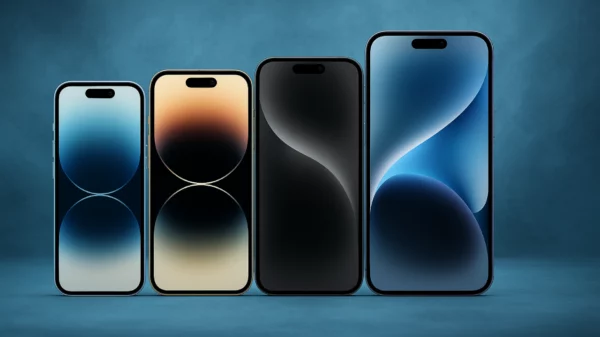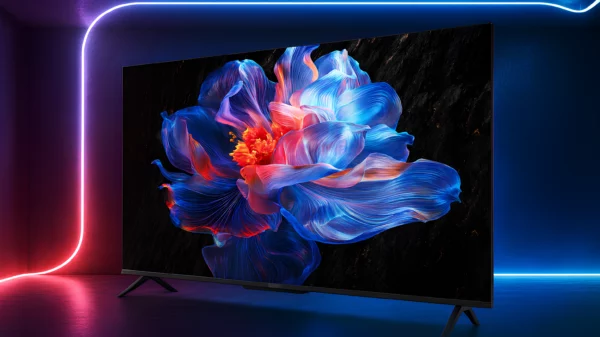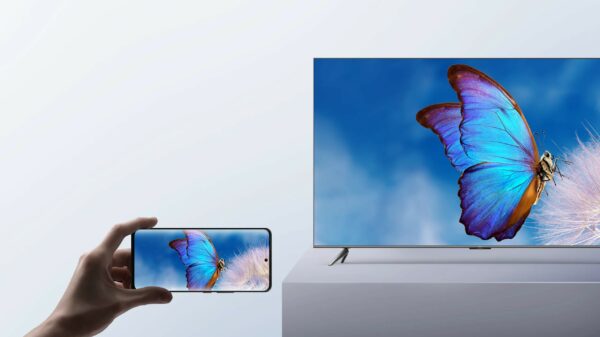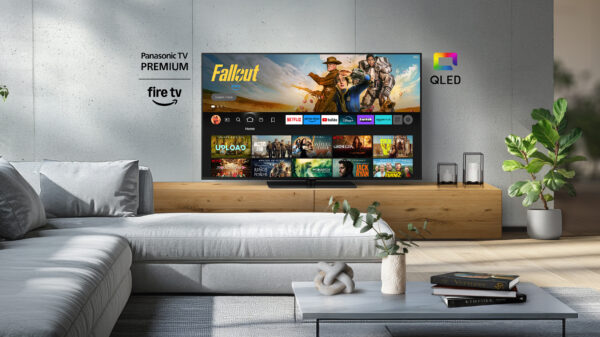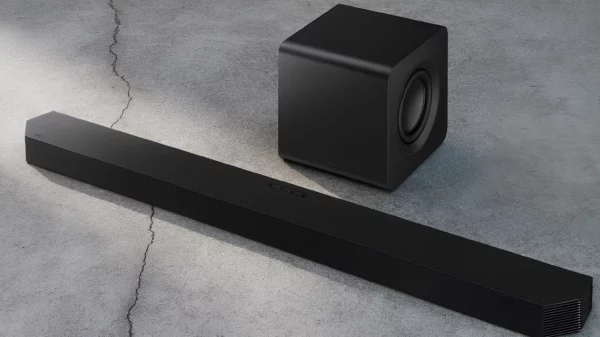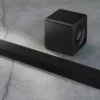The Denon PMA-150H is housed in a metal case with a black front panel covered with black glass.
The front panel of the Denon PMA-150H looks simple and contains only the volume control, power button, USB connector and headphone output. Most of its surface is taken up by the gorgeous Clear View OLED display. It displays information about the song being played and is large enough to be clearly visible even from a distance. The Denon PMA-150H is controlled by the remote control, which is quite ordinary in appearance, but easy to use thanks to the large buttons. Alternatively, you can use the very successful Denon Hi-Fi Remote mobile app for both iOS and Android. This application allows you to control input switching, adjust volume, tone and stereo balance, as well as select songs on available network devices, launch playlists, enjoy Spotify or internet radio. Also, the receiver has a regular FM radio. For streaming music playback and multi-room integration, the Denon PMA-150H features proprietary HEOS technology. It allows you to play songs from various services, as well as available network devices.
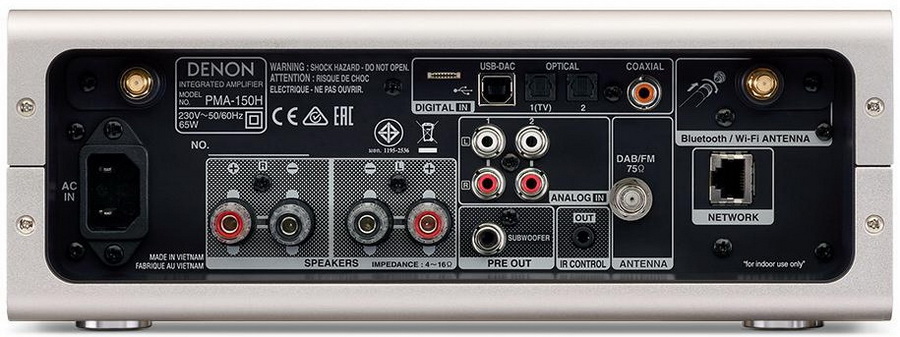
The Denon PMA-150H amplifier supports advanced networking functionality, and can play music files from available network devices in all popular formats, including PCM HD 24 bit / 192 kHz (FLAC, WAV, AIFF) and DSD 5.6 MHz. Connection to the network is possible both via cable and Wi-Fi, in addition, the receiver supports AirPlay 2 and Bluetooth (with NFC) technologies. For digital signal processing, the Denon DRA-100 uses a proprietary DSP AL32, which converts the original audio data up to 32 bits. Also, the device uses an improved master oscillator, which significantly reduced the level of jitter. Music files can also be played from portable media that connect to the front USB connector. IPod / iPhone can be connected to the same port.
The USB-DAC function supports input up to DSD 11.2 MHz and PCM 384 kHz / 32 bit. The DSD transmission system supports native playback with ASIO driver and DoP (DSD over PCM Frames). In addition, it does not use clock pulses, which contain a lot of jitter on the PC side, and also supports asynchronous mode in which control is performed using the master clock generated by the PMA-150H ultra-low phase noise clock.
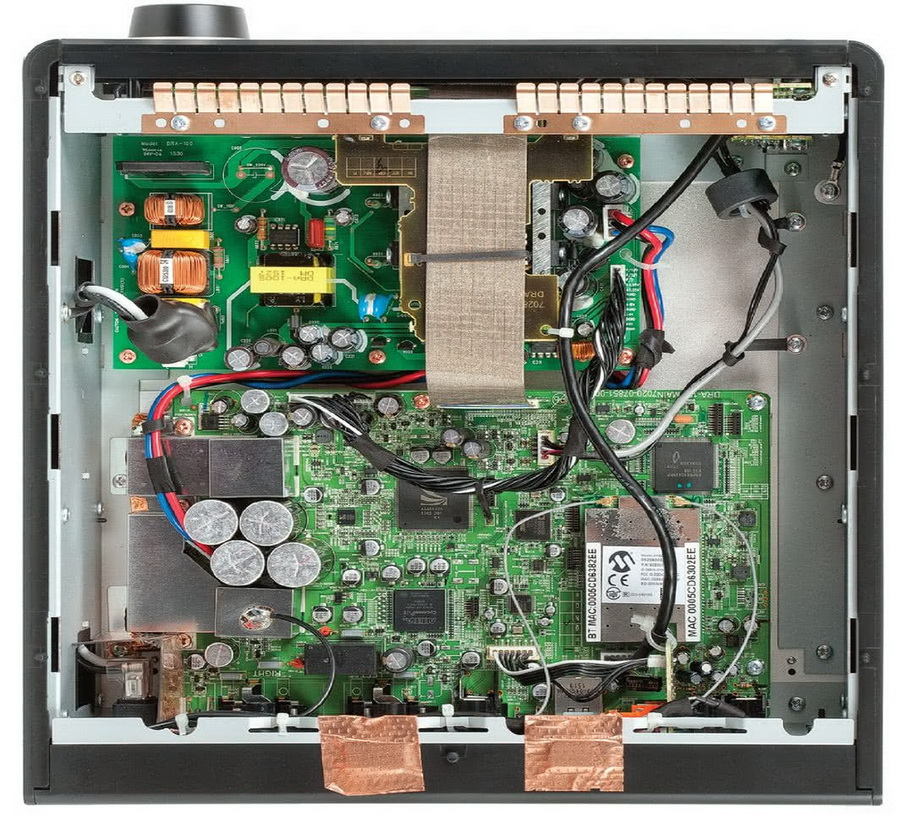
The Denon PMA-150H also features two optical and one coaxial digital inputs, two analog line inputs, speaker outputs, and a subwoofer output. The headphone output can be set to one of three gain options to optimally match models with different impedances.
The receiver uses a combined audio circuit based on the patented DDFA technology. Its output amplification stages are built on discrete elements, due to which it achieves a higher signal-to-noise ratio and less distortion than traditional D-class amplifiers. The Denon PMA-150H delivers up to 70 watts per channel, and is capable of efficiently handling not only bookshelf speakers, but also small floorstanding speakers.
It looks like a typical “designer” component in a very stylish design. By all its functional features, it is a stereo receiver, and modern, with in-demand wireless and streaming functions. But Denon says it’s first and foremost … an integral with audiophile sound quality. Let’s check?
If you go to the Hi-Fi components section on the official Denon website, then in the Design line you will probably also find the Denon DRA-100 network receiver released since 2015 . The novelty outwardly does not differ from him at all, and this is the very case when no changes were wanted, otherwise the unity of style and form would be broken.

So, in the next mini format integral, we see all the same metal sidewalls and rather powerful “plates” that form the base and lid of the device. And also the familiar mirror-black front panel, on which everything is exactly like a “hundred” – an OLED display, and a set of sensor-buttons located in a cross, jacks for connecting USB-flash drives and headphones. Only one icon disappeared from here – the NFC “near” communication logo.
At the rear, the Denon PMA-150H also has no major differences. Added a USB Type B input so that you can route the signal to the built-in DAC directly from a PC or laptop, and removed Preout. Such a change in switching, in general, suggested itself – the first was just really lacking in the receiver, and the second was hardly used by anyone at all, because usually developed setups are not built on the basis of “designer” components (if you are still worried, to which you can connect a sub, then a separate mono output is provided for it).
Does such a modification justify the surcharge, because the amplifier is still 10 thousand dollars more expensive than the receiver? Let’s not jump to conclusions. The H in the name of the new model indicates the presence of an advanced streaming platform HEOS with dual-band WiFi, multi-room support and the ability to connect voice control through smart speakers. Only one such feature instead of the standard network solution from Denon DRA-100 already completely covers the difference in price, because in fact we get an amplifier with the functionality of a streamer-player. And add to this the modules for receiving digital radio DAB.
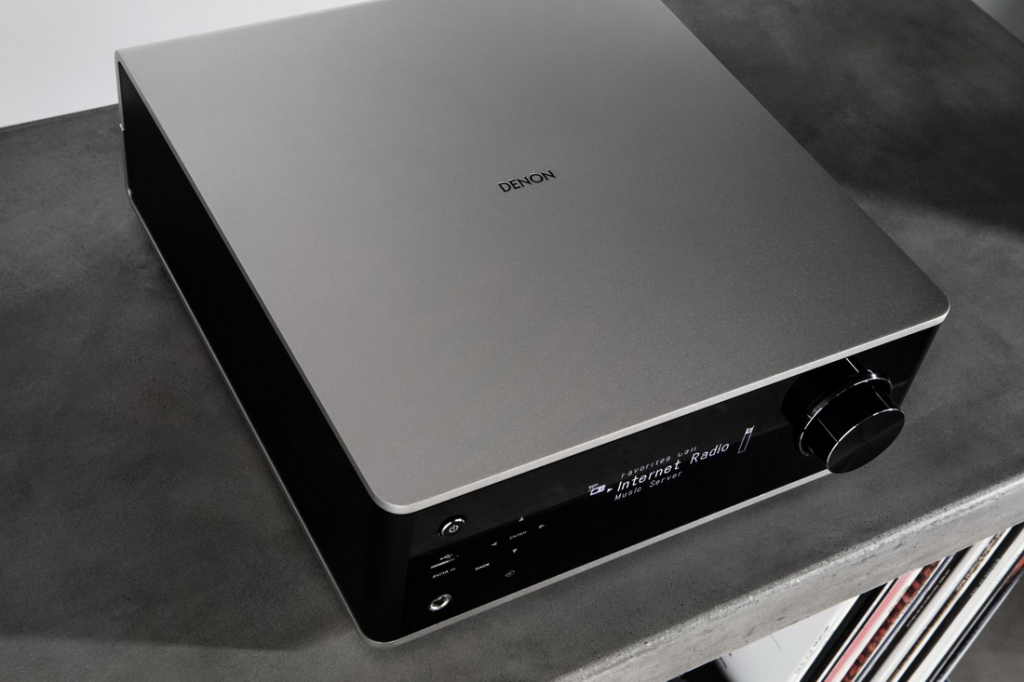
That is why the model is positioned quite high in the overall Denon model hierarchy, between the full-size integrated circuits PMA-800NE and PMA-1600NE (and much closer to the latter). Yes, only four digital sources (the fifth via Bluetooth) and only two analog ones can be connected to the “one hundred and fiftieth” – to some extent this is the payment for the design and diminutiveness. But in general, for audio equipment, lifestyle is no longer enough. The same vinyl turntable can, for example, be attached via an external corrector. Or even directly, if you pair the amplifier with a turntable with built-in phonostage. In this capacity, I believe, the Denon DP-400 is ideal , which sounds great precisely on the line-out.
Now take a closer look at the back of the integral. In the same places (compared to the DRA-100), only the terminals for connecting acoustics remained. The castling of all the others says at least that the amplifier is arranged inside, in principle, differently. Denon’s engineers have taken such a serious step in order to ensure that the PMA-150H is as close as possible to the new priority – sound quality. So what we have in front of us is the first audiophile device in the compact Design-series, and even with class D terminals. Well, isn’t it a bold application?

Let’s move on to the technical details. Although the power characteristics have not changed relative to the DRA-100, the amplifiers here are still different and they belong to the second generation of DDFA. Literally translated, the abbreviation means “direct digital feedback amplifier”. They were developed by the British company CSR (the same company that once promoted the aptX codec), and Denon was the first Japanese hi-fi manufacturer to support this technology.
It has two distinctive features. First, all intermediate conversions from analog to digital and vice versa are excluded from the path. Second: the PWM modulator is covered by the OS to eliminate errors in the output signal. In the first generation models, the DDFA path was built on the CSRA6601 (ADC / DSP / DAC / modulation) and CSRA6600 (feedback signal processing) chips. In the new model, everything is entrusted to the more advanced Qualcomm single-chip chip, from which, according to the developers, it is no longer so difficult to get really cool sound. The DDFA feedback loop in it has become really “direct” – the signal for control is taken from the output to the acoustics and is fed directly into the DSP.
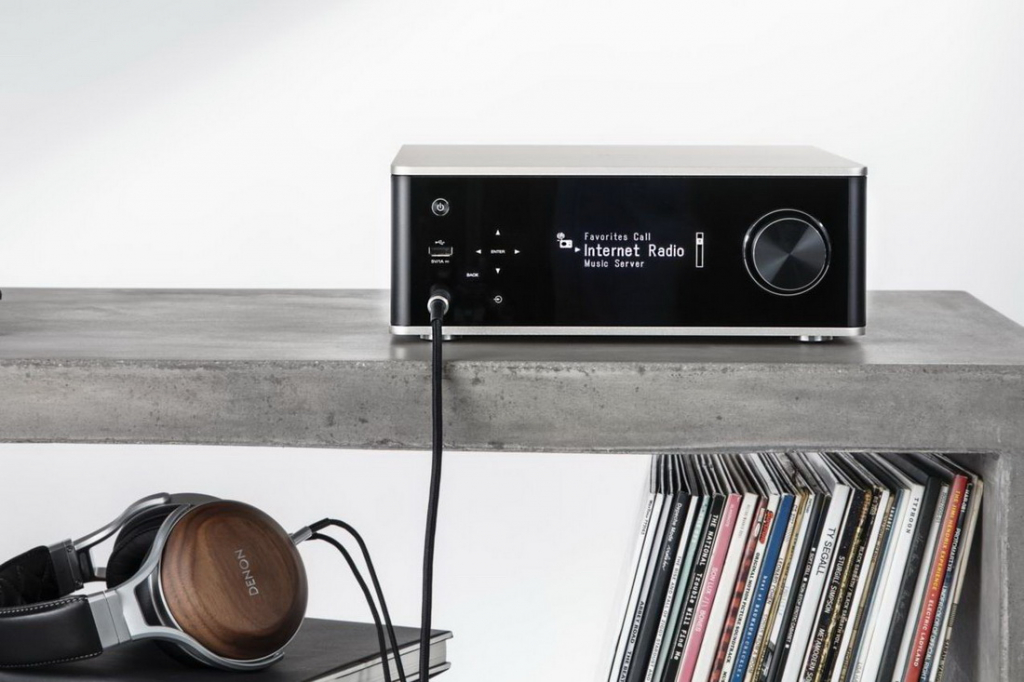
At the same time, the energy architecture has changed radically. The number of output “switches” that cut pulses has become exactly twice as large, that is, the final stages are built on a bridge circuit. And the power supply itself has been completely revised – if the previous one gave out a maximum of 2×7 amperes, then the new one at the same voltage (32 V) is able to provide an output current of up to 26 A. At the same time, the “ringing” characteristic of impulse switches is significantly reduced in its spectrum. This is important because there is also a separate headphone amplifier in the path, which needs a clean and stable power supply.
In general, everything is convincing on paper. If something is upsetting, it is only a discrepancy in the parameters of the network and amplifier sections. The former supports digital playback up to DSD 5.6 MHz and PCM 32 bit / 192 kHz, while the latter supports DSD 11.2 MHz and PCM 32 bit / 384 kHz data. But nothing prevents you from listening to super high-cut USB from your computer.




